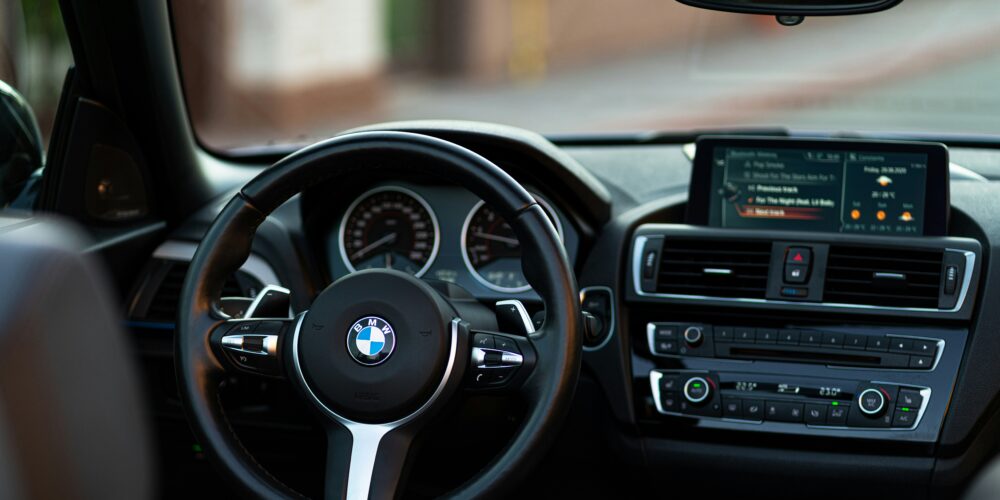When it comes to vehicle maintenance, the care you take with your gearbox plays a critical role in ensuring your car runs smoothly and efficiently. It’s a complex system that manages the transmission of power from the engine to the wheels, and any issues with the gearbox can lead to significant performance problems. After undergoing a gearbox repair, one crucial step that should never be overlooked is recalibration. But why is gearbox recalibration so essential after a repair? Let’s dive into the reasons why this process is vital for your vehicle’s performance and longevity.
Understanding Gearbox Recalibration
Gearbox recalibration involves resetting and fine-tuning the electronic and mechanical components of the transmission system to ensure they are working together harmoniously. Modern vehicles often rely on sophisticated electronic control units (ECUs) to manage the gearbox, which means that after any significant repair, these systems need to be recalibrated to match the newly repaired or replaced parts. Recalibration ensures that the gearbox functions as intended, maintaining optimal performance and efficiency.
Ensuring Proper Synchronisation
The gearbox operates closely with other vehicle systems, such as the engine and the drivetrain. After a repair, whether replacing worn-out parts or addressing more complex issues, the repaired components might not be perfectly synchronised with the existing ones. Recalibration helps to align these components, ensuring that gear shifts are smooth and that the gearbox responds correctly to the driver’s inputs.
Without proper recalibration, you may experience issues such as rough shifting, delayed gear engagement, or even transmission failure. These problems can not only diminish your driving experience but also lead to further damage and costly repairs.
Optimising Performance and Fuel Efficiency
One of the key benefits of gearbox recalibration is its impact on your vehicle’s performance and fuel efficiency. A recalibrated gearbox can better manage the power output from the engine, leading to smoother acceleration and more precise gear changes. This optimisation reduces unnecessary strain on the engine and transmission, which in turn can improve fuel economy.
Additionally, modern gearboxes are often programmed to adapt to your driving style. After a repair, recalibration allows the system to relearn these patterns, ensuring that the gearbox performs optimally according to your driving habits. This personalised adjustment helps maintain consistent performance and can extend the life of both the gearbox and the engine.
Enhancing Safety and Reliability
A properly functioning gearbox is crucial for safe driving. Issues like unexpected gear shifts, slipping gears, or transmission lockups can pose serious safety risks on the road. Recalibrating the gearbox after a repair ensures that these potential hazards are addressed before they become a problem. A recalibrated gearbox is more reliable, reducing the likelihood of unexpected breakdowns or transmission failures. This reliability is particularly important for drivers who frequently embark on long journeys or depend on their vehicles for daily commutes.
Preventing Further Damage
Skipping the recalibration process after a gearbox repair can lead to further damage to the transmission system. If the repaired gearbox is not properly aligned and synchronised with the vehicle’s electronic controls, it may cause increased wear and tear on the internal components. Over time, this can result in premature failure of the gearbox or other related parts, leading to additional costly repairs. Recalibration acts as a safeguard, ensuring that the repair work is fully integrated with the vehicle’s systems, thus preventing any unnecessary stress or damage to the gearbox.
Keeping Up with Technological Advances
As vehicles become more technologically advanced, the need for recalibration after repairs has become more critical. Modern gearboxes are equipped with sensors and actuators that require precise calibration to function correctly. These systems rely on accurate data to make split-second adjustments during gear changes, and any misalignment can lead to performance issues.
Recalibration is not just about resetting the system; it’s about ensuring that the latest software updates and calibrations are applied to match the specific needs of your vehicle’s transmission system. This process helps to keep your vehicle up-to-date with the latest advancements in automotive technology, ensuring optimal performance.
After a gearbox repair, recalibration is an essential step that should not be overlooked. It ensures that your gearbox is properly synchronised with the rest of your vehicle’s systems, optimising performance, fuel efficiency, and safety. By recalibrating your gearbox, you can prevent further damage, extend the life of your transmission, and enjoy a smoother, more reliable driving experience.
For more information, or to book your gearbox repair, get in touch with our team today. We can help you with repairs, replacements and reconditioning to suit your needs.

